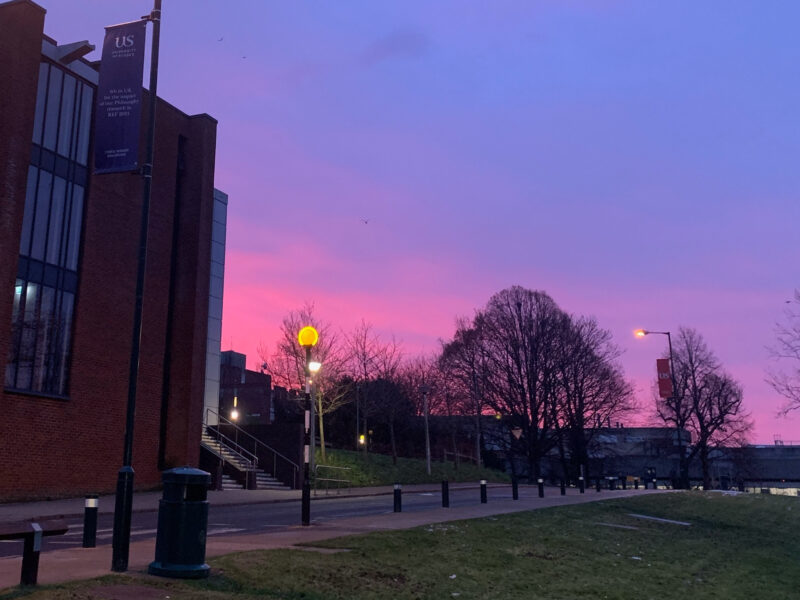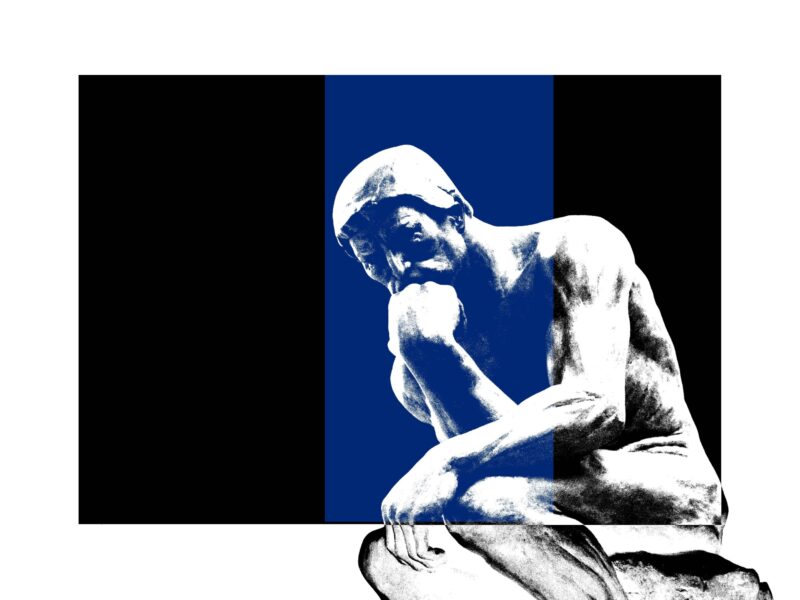There are 17 statues on Parliament Hill, seven of which are of Prime Ministers. The two most recently erected statues on Parliament Hill are not of Prime ministers. These being a statue commemorating the War of 1812 in 2014 and the statue of the Famous Five Women, created in 2000. Canada had 4 Prime Ministers between 1891 and 1896 excluding Macdonald, who died in 1891, and Wilfrid Laurier, who came to power in 1896. Those four Prime Ministers were Abbott, Thompson, Bowell and Tupper, the latter of which was only in power for 69 days. More contemporary Prime ministers that only served a few months include Clark, Turner and Campbell.
In 2012, a Parliament of Canada Committee released a report on celebrating Canada’s 150 anniversary in 2017. In chapter two of that document there is the inspiring mandate that there needs to be an inclusive planning process that involves encouraging the participation of diverse groups. The statue project of Dave Caputo and Jim Rodger did not have such a process, and their statue project that they conceived has been rejected by the City of Kitchener, Woodside National park and the WLU Senate. Even the artist of the project, Ruth Abernathy, was not selected through an inclusive process. The common thread running through the multifaceted anti-statues campaign is the lack of process by which an idea was conceived and a decision was reached. A prime example of a statue project that was conceived through an inspiring collaborative democratic process is the statue that sits staring at Brantford’s WLU campus. That is the statue that is of innate meaning to Brantford erected in 1886 of Brantford’s founding peoples – Chief Joseph Brant and the Six Nations. It is an example of how decisions should be reached about the use of public space.




